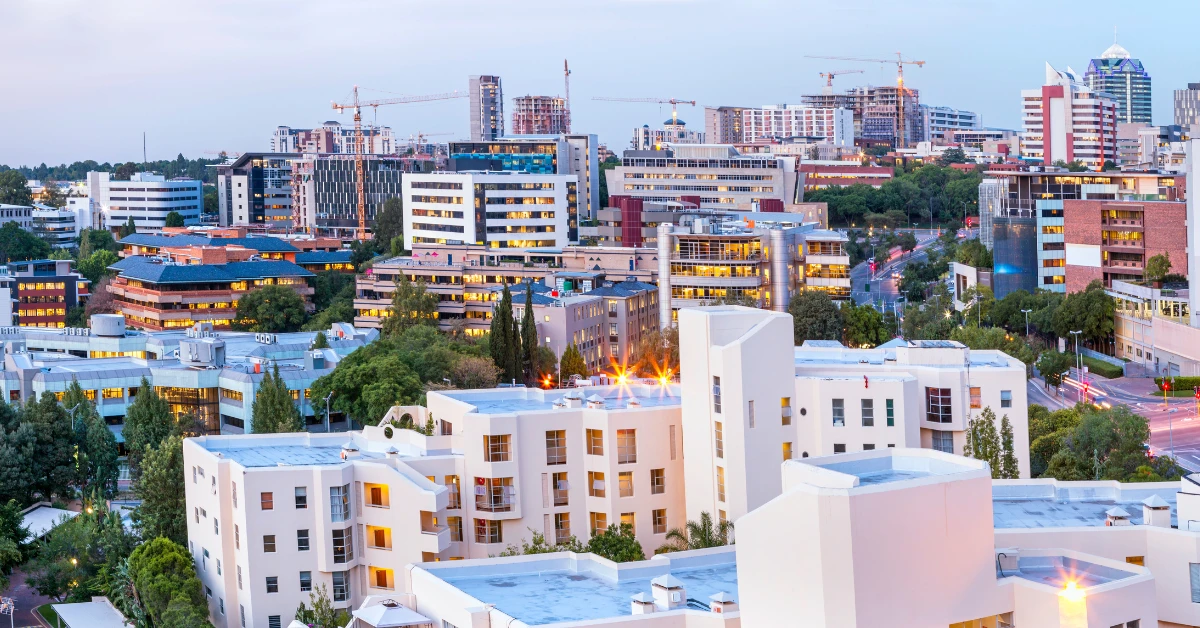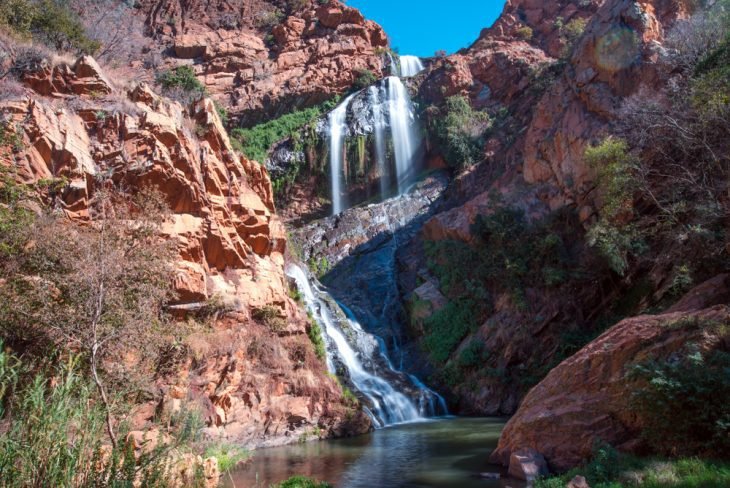Little Known Questions About Johannesburg North Attractions.
Little Known Questions About Johannesburg North Attractions.
Blog Article
Our Johannesburg North Attractions Ideas
Table of ContentsThe 2-Minute Rule for Johannesburg North AttractionsSome Of Johannesburg North AttractionsThe Facts About Johannesburg North Attractions RevealedThe Definitive Guide for Johannesburg North AttractionsThe Basic Principles Of Johannesburg North Attractions A Biased View of Johannesburg North Attractions
The city grew on the edge of the Witwatersrand Key Coral reef, a subterranean stratum of gold-bearing quartz-silica corporation that arcs for hundreds of miles under the Highveld - Johannesburg North attractions. Most of the gold mines in the city stopped operation in the 1970s, but in its day the Witwatersrand gold industry accounted for even more than 40 percent of the globe's annual gold manufacturing.Johannesburg has a warm environment. Summertime temperature levels average about 75 F (24 C); wintertime temperature levels average about 55 F (13 C) and only sometimes dip below cold. The city takes pleasure in concerning eight hours of sunlight daily in both winter and summertime. Rainfall standards concerning 28 inches (700 millimetres) per annum, but the complete varies substantially from year to year.
What rain the city gets falls nearly specifically in the summer season, often in amazing late-afternoon electric tornados. Air air pollution poses a significant trouble, particularly in the cold weather, when thermal inversions impede the westward flow of air from the Indian Ocean. Contamination is most severe in the densely worked out Black territories on the city's periphery, where many residents still depend on coal for gas.

The smart Trick of Johannesburg North Attractions That Nobody is Talking About
The balance of the city is occupied by whites. Lodging varies in personality and top quality. Soweto is well-known for its unlimited rows of municipally developed, two-room matchbox homes, yet it also has a couple of flourishing enclaves as well as bursting squatter camps, where tens of thousands live without water, power, or hygiene centers.
Physical growth, although somewhat limited by transportation, continued swiftly as migration to South Africa, and Johannesburg in particular, enhanced dramatically.
The majority of bad suburbs were blended, with inadequate blacks and whites cohabiting, although the wealthy suburbs were usually reserved for whites. This transformed with the political election of the National Event in the 1948 elections, who began to formalise the system understood as apartheid. Apartheid formally designated which suburbs each race can reside in under the Group Locations Act.
The previous system of eleven numbered regions was reorganised in 2006. Marshalltown, as seen from the top of the Carlton Centre. The M1 and M2 run behind the buildings, and the southern suburbs expand past the freeway boundary. The central city of Johannesburg lies within the city's Area F. The estimated population of the area is 200,000, [] yet the variety of individuals staying in the central city on a casual basis is unidentified, as lots of are unlawful immigrants. A lot of higher-income citizens and white individuals have moved to the northern suburbs and have been replaced by lower-income black individuals. The joblessness, education and learning, and age important source accounts of the location are all unidentified, due to the trouble of acquiring reputable info about the location.
Johannesburg North Attractions Things To Know Before You Get This
Yeoville and Bellevue have a mix of home buildings and single residential systems on small great deals. The region is located on a mountainous divide that runs from eastern to west.

Rumored Buzz on Johannesburg North Attractions
R. Tambo International Flight Terminal). The eastern suburbs are some of the oldest locations of Johannesburg, there are large areas of Jewish and various other European backgrounds, the majority of the population is English speaking. There are 3 golf courses along with a number of safeguarded ridges with viewsites. There are a number of strong and up-market entertainment and buying locations in the east such as the Eastgate Purchasing Centre and the Greenstone mall.
Initially developed to house male migrant employees, several have been boosted as residences for couples and households. The suburb was not traditionally permitted to produce work centres within the area, so virtually all of its citizens are travelers to various other parts of the city.
Excitement About Johannesburg North Attractions
The N1 Western Bypass attaches the north suburban areas with the north-western suburban areas. The domestic areas in the north residential areas are generally official, without any considerable areas of informal housing, or real estate that does not have a permanent structure. Although this is a well-known area, there is a pattern of land use modification from residential to industrial, find more especially along main arterial roads and around established nodes.
The area is well attached to roadway networks, especially along the north-south axis developed by the M1 and N1. Roads to the east and west are much less well developed, as there are a knockout post no highways travelling in that direction. Towards the northern border of the city, the thickness of growth lowers, leaving large areas of undeveloped land around Midrand.
An Unbiased View of Johannesburg North Attractions
, which is located on a hillside forgeting the inner city and Hillbrow.
Report this page